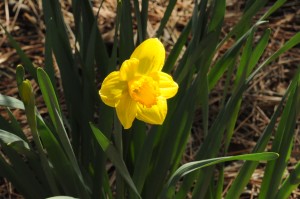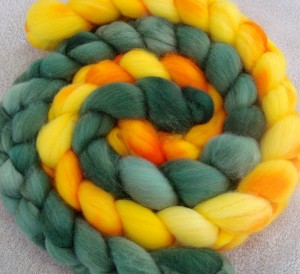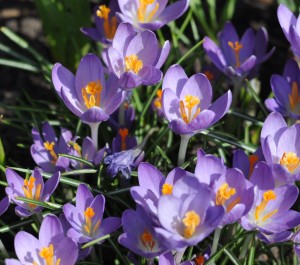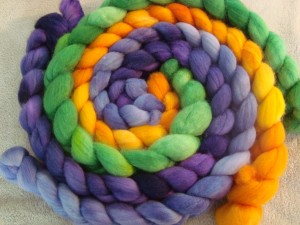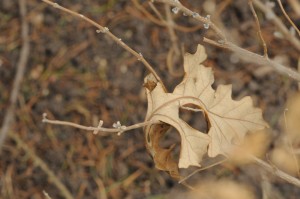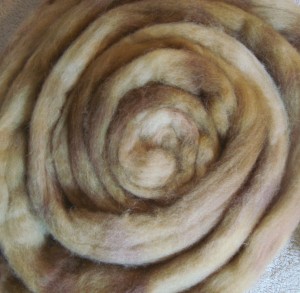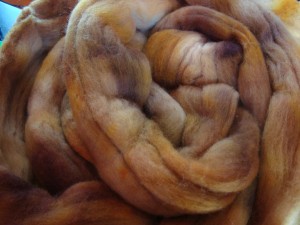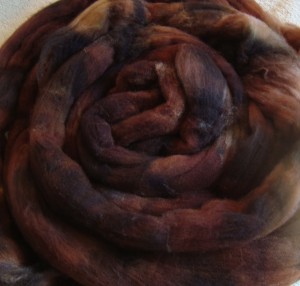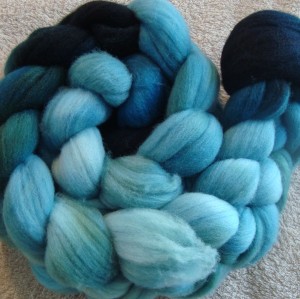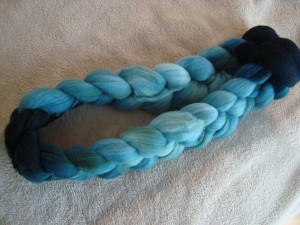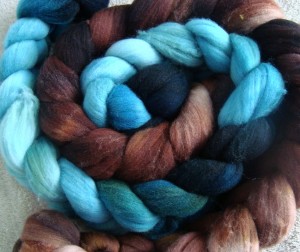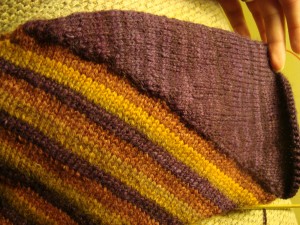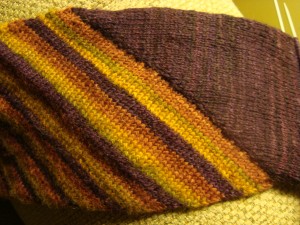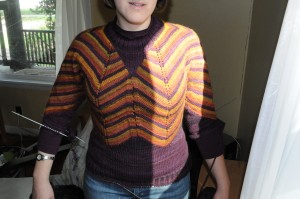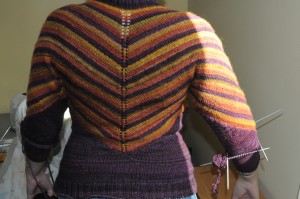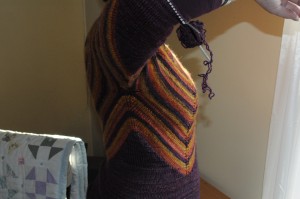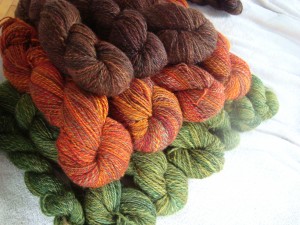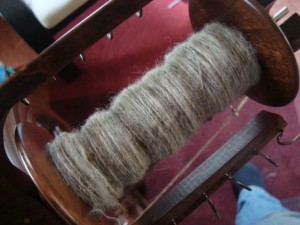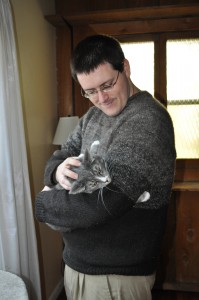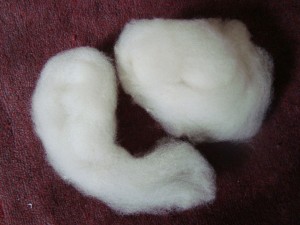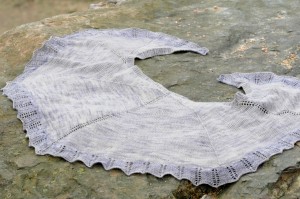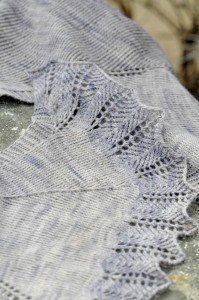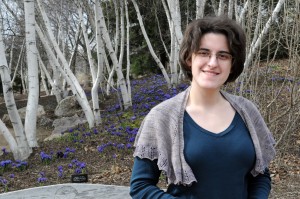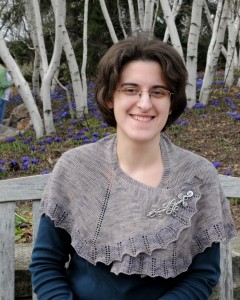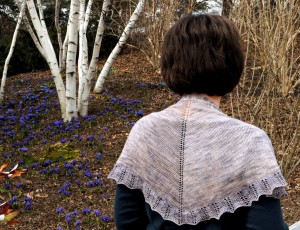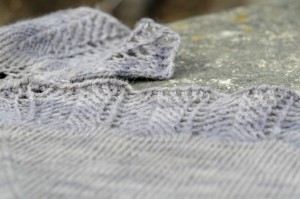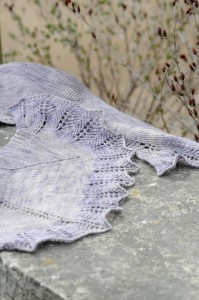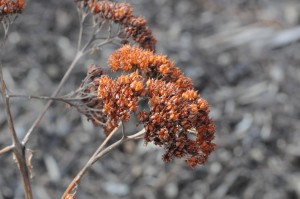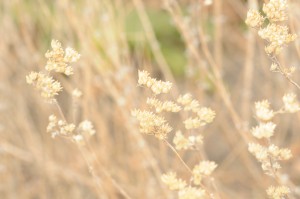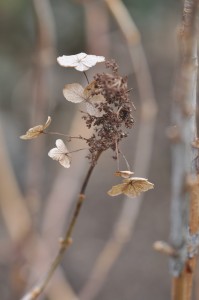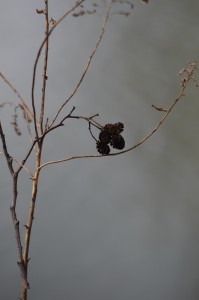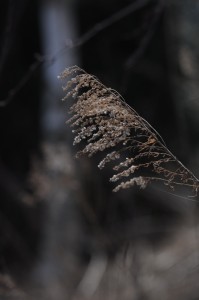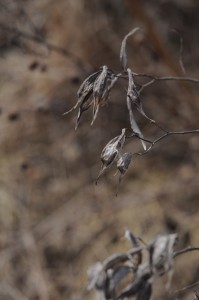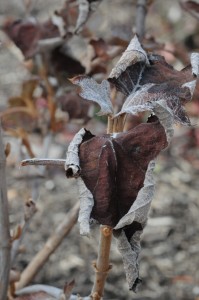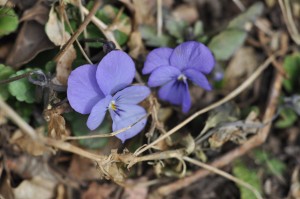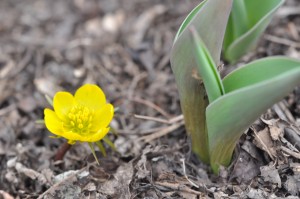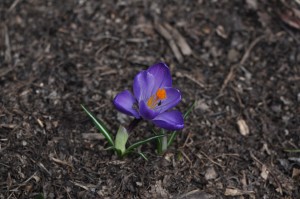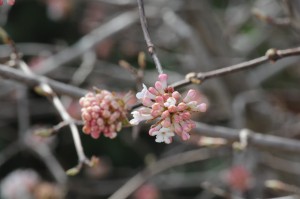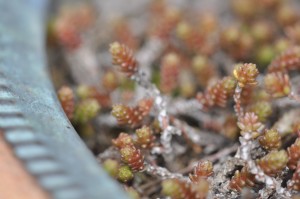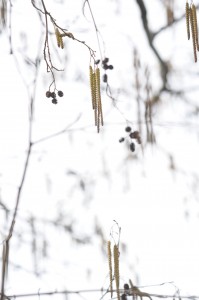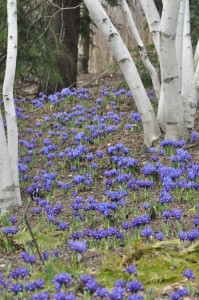One of the reasons for doing a fiber festival this year was to see how the business side of DesigKnit would scale. It’s an experiment, really; designed to help us identify and work through the sticky spots that are sure to crop up as things get bigger. (It’s always easier to work your way through the hurdles in a controlled experiment than it is when you’re doing things under pressure or on the fly.)
Fortunately, the first part is easy. I have no trouble at all thinking up more colorways. In fact, even with increased production I am still not even scratching the surface of things I want to explore. Everything I do suggests 5 more things to try. No problems there.
We’ve had a few jumps and starts with sourcing larger amounts of fiber. My staple products were no problem, since I just worked with my usual vendor and made a bigger order. We worked out a deal that made both of us very happy, and that was that.
The trouble came in when working with new vendors. I mentioned earlier that I wanted to start stocking Targhee and Rambouillet. It turns out that the Targhee is back ordered for some unknown period of time (waiting for wool to come back from the mill is a very unpredictable thing), so that’s on hold for now, pending further notice. The Rambouillet was in stock, and I was excited about buying directly from a small farmer, but she abruptly stopped returning my emails as soon as I asked about wholesale prices. I don’t know why, and it’s doubly unfortunate since I would have considered paying retail prices for the fiber, but there you have it. Sometimes things don’t go as planned.
This led me off on a quest to find more Rambouillet, at a reasonable price. I didn’t find another farmer, but I found someone that sells large quantities of commercial top. We had to really bite the bullet to pay for three times as much fiber as I’d have liked to order (30 lbs is a lot of fiber!), but we will be all set with Rambouillet for the forseeable future. This is a much more commercial prep, with a little less of the “sheep” left in the fiber. The other was clean and well processed, but it felt a lot closer to wool the way it comes off of the sheep than the more heavily processed version. If you’ve ever bought top at a sheep festival compared to a commercial prep, you know what I mean. (If you haven’t, get thee to a sheep festival to see the difference!) The new fiber is not as spongy as the mill-processed top, but because of that it drafts much, much more smoothly. Honestly, I like spinning it better than the other, though I always have a guilty preference for highly processed top, because it is so smooth to spin. It’s a beautiful fiber, and I’m excited to have it.
So we have the fiber and the dyeing worked out, but we just can’t seem to work our way around the pictures. Getting color accuracy in photos is notoriously difficult, and it seems that I tend to dye colors that are particularly hard to capture. Branden has been patiently clicking away, taking sometimes hundreds of photos with different settings before he gets one that works, but we still haven’t narrowed down the important variables. We think we have it with one batch, but then the same changes just don’t work on the next, and we end up starting all over again.
This has been a problem for a long time, but it wasn’t too bad when I was only producing a handful of colors at a time. It takes longer to take good photos than it does to dye the fiber, but we both like a challenge and we felt it was worthwhile. Now, though, I am making up to 20 colors in a single dye day, and the photography just can’t keep up. We have tried everything we can think of; changing the lighting, using different white cards and white balance settings, tweaking and adjusting every setting on our manual DSLR cameras. We started taking the photos in RAW format and trying to tweak them manually, but we’re not yet very good with the software and it takes forever to get right. (I am also terribly impatient with that part of the process: just thinking about it makes me break out in hives.)
Needless to say, we’ve ended up with quite a backlog of colors waiting to be photographed. After spending a good 6 or so hours of limited weekend time every weekend for weeks on end, we’re both pretty frustrated. Clearly, this is something that still needs work.
So, in an effort to keep things moving along, we’re going to try to take pictures of just a small subset of fibers for posting on Etsy and the blog. I had wanted to give the blog first go at the new colors that I’m making, but there is just no practical way to make that happen until we figure out this camera thing. Unfortunately, no pictures also means that I have no record of the colors that I’m making, and it changes the bookkeeping side of things, but for now I think that’s just how it has to be.
We will try to post photos of as many things as we can, but I’m not sure yet exactly how that’s going to work out. It would be easier if I wanted to just settle into a few standard colorways, but that takes the fun and the experimentation out of dyeing for me, so we’re going to have to find a way to make it work with more varieties.
Not posting all of the fibers has been a hard decision for me to make, because I hate secret projects. One of the promises that I made myself at the beginning of this little business venture was that I wouldn’t do anything that I couldn’t blog about. (That’s particularly important with patterns, since it dictates a lot about places you can and can’t publish.) Blogging is the first thing I want to do when I make a new set of colors or think up a design, and it blocks my process when I can’t talk about the things that I’m working on and excited about. It also makes for really boring blogging, and long silences.
So, we’re still working on that part. The good news is that I do still like to dye, and I don’t think I’ll ever run out of colors to try. I’ve been dragging my feet over the past few weeks, not wanting to dye anything new until we had photos of the old colors, but I really need to ramp it up in the next few weeks to get ready for the show. In the meantime, we’re trying to figure out how to smooth over or get around the other bumps in the road, trying to find a way to scale this process in a positive way.
For now, I need to go plan out the next dye session; there are so many more colors to make!
